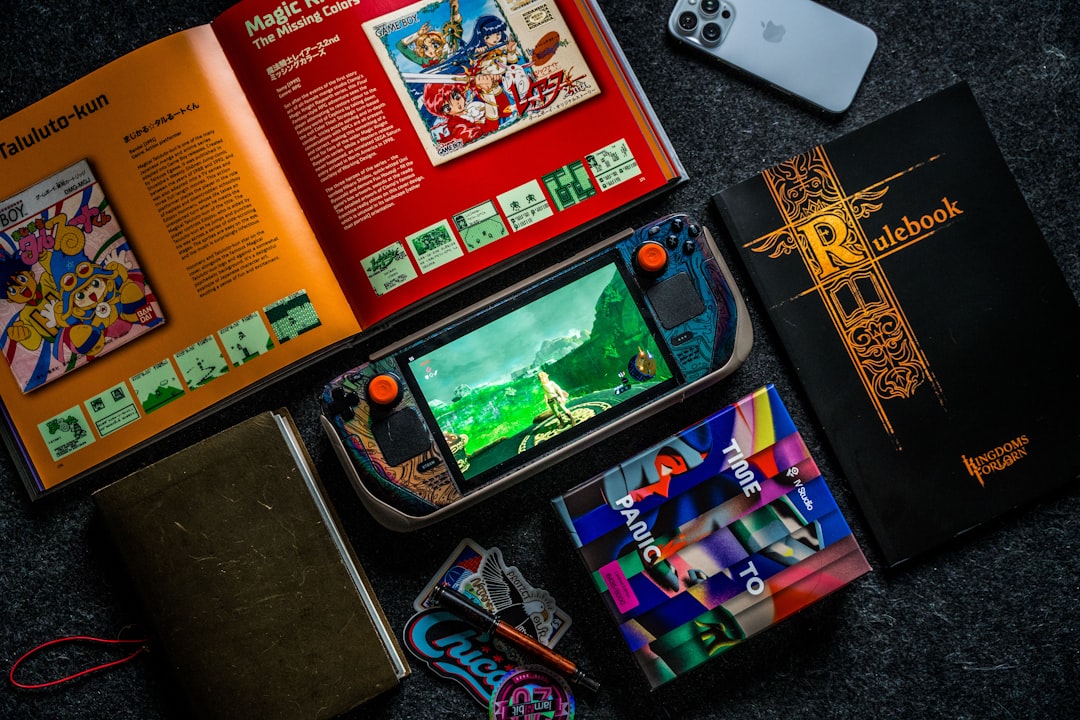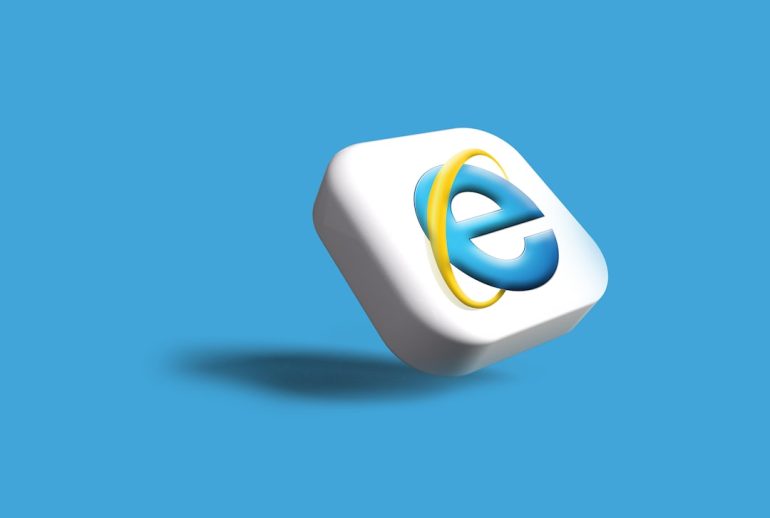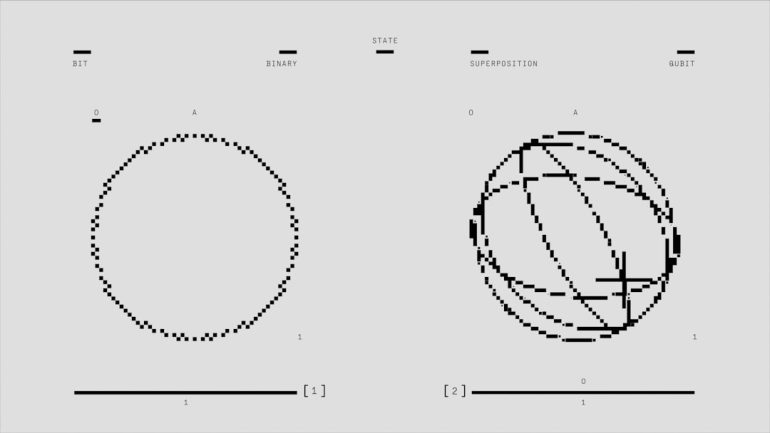Sticker-sealed game sales: what affects value
In the world of retro video game collecting, a subtle detail can often make the difference between an item valued at hundreds of dollars and one worth thousands. Sticker-sealed game sales, in particular, represent a niche but increasingly important segment of this market. For serious collectors and investors, understanding what affects the value of these games is crucial, whether they are pursuing nostalgia or profit.
The Importance of the Seal
Table of Contents
Sticker-sealed games, as the name suggests, are video games originally sold with a security sticker over the opening flap instead of the plastic shrink wrap found in later years. These types of seals were common in the early days of console gaming—most notably with the Nintendo Entertainment System (NES)—and were used to ensure product integrity on store shelves.
Today, the presence of this seal, and more importantly its condition, can dramatically influence a game’s resale value. Unlike shrink-wrapped titles, sticker-sealed games are far rarer. Once opened, the seal is typically destroyed, hence intact examples are highly coveted.

Factors That Affect Value
Several elements contribute to the market value of sticker-sealed games. Whether you’re buying, selling, or merely assessing a collection, it’s vital to evaluate these key aspects:
1. Condition of the Seal
The seal itself should be unbroken, clean, and firmly adhered to the game box. Any signs of tampering, dirt, or peeling can significantly reduce value. Collectors are particularly wary of resealed products, where an attempt has been made to recreate an original seal using modern adhesives or stickers. Authenticity is everything.
2. Game Rarity and Popularity
As with most collectibles, rarity and popularity heavily influence pricing. A sticker-sealed version of a common title like Super Mario Bros. will still carry a premium, but not nearly as much as an obscure or limited-release title such as Stadium Events. Games that are well-known, part of significant franchises, or infamous for their scarcity tend to generate the highest interest and price tags.
3. Box Condition
Even with a perfect sticker seal, the condition of the box around it matters. Faded colors, crushed corners, or even minor creasing can reduce the value by hundreds or even thousands of dollars. Ideally, boxes should be rated as “near mint” or “mint” condition to achieve top market prices.

4. Grading and Certification
Many high-value sealed games are graded by third-party services like WATA or VGA. These services assess the authenticity and condition of both the seal and the box, assigning a grade that can drastically enhance a game’s market value. For example, a game graded 9.8 A+ may sell for several times the amount of an ungraded but otherwise similar copy.
5. Production Variant
Some sticker-sealed games come in specific variants, such as early production runs, limited edition covers, or regional exclusives. Each of these factors can either enhance or detract from value. In some cases, just having a particular variation of a game can mean the difference between a $200 item and a $20,000 collectible.
Historic Sales That Set the Bar
To fully grasp the importance of sticker-sealed games, it’s helpful to review landmark auctions and sales. In 2021, a sealed copy of Super Mario Bros. (NES) with a sticker seal sold for $2 million—setting a record at the time for the most expensive video game sold. This sale was facilitated by the game’s high WATA grade and early production variant, combined with the near-pristine condition of the sticker seal.
Another notable example includes an original Metroid (NES) game with a round sticker seal that sold for over $80,000. The sale emphasized how even lesser-known games can reach surprising valuations when presented in exceptional quality with verified authenticity.
Common Pitfalls for New Collectors
For those new to the world of sticker-sealed game collecting, a few warnings bear repeating. First and foremost is the risk of counterfeit seals. Skilled resellers have been known to fabricate realistic-looking stickers and reapply them to clean, opened boxes. Without careful inspection—or third-party grading—these fakes can go unnoticed, leading to significant losses.
- Always research the source: Buy from trusted sellers and auction houses with thorough authentication processes.
- Understand the era: Not all games were released with sticker seals. Applying modern standards to the wrong title can lead to misunderstandings or misrepresentations.
- Document everything: Original receipts, store tags, and provenance notes can support a game’s authenticity and historical context.
Why Collectors Care
Beyond resale potential, sticker-sealed games represent a preserved piece of video game history. They capture a moment in time—when the industry was still evolving and physical media was king. Each seal is proof that the game inside remains untouched, unseen, and forever linked to its original retail past.
For some collectors, the appeal is partly emotional. Owning a game as it once appeared on store shelves can be a powerful link to childhood memories and media heritage. For others, it’s a calculated investment strategy. As rare video games gain traction in mainstream collecting circles, their value continues to climb steadily.
Outlook for the Future
The future looks promising for sticker-sealed games in terms of value retention and growth. As with comic books, coins, and other high-grade collectibles, scarcity combined with documented condition continues to fuel a robust secondary market. While speculative bubbles come and go, demand for truly rare and authenticated pieces shows enduring strength.
That said, the market remains vulnerable to fluctuations based on trends, economic conditions, and interest levels among younger collectors. Transparency in grading services and sales platforms will be key to maintaining the integrity of this ecosystem. Still, for sealed game enthusiasts, now is a notable moment to buy or sell—while the interest is high and knowledge about these items is more accessible than ever.
Final Thoughts
Sticker-sealed games aren’t just collectibles—they’re historical artifacts of the gaming industry. Their value is shaped by a mix of physical condition, rarity, provenance, and the emotions they evoke. As long as there’s a reverence for classic video gaming, the draw of these authentic, untouched relics will remain strong.
Whether you’re new to the market or a seasoned veteran, understanding the nuances that affect value can help you make smarter, more deliberate decisions. In the varied world of collectibles, the sticker seal stands tall as a symbol of quality, authenticity, and timeless appeal.







